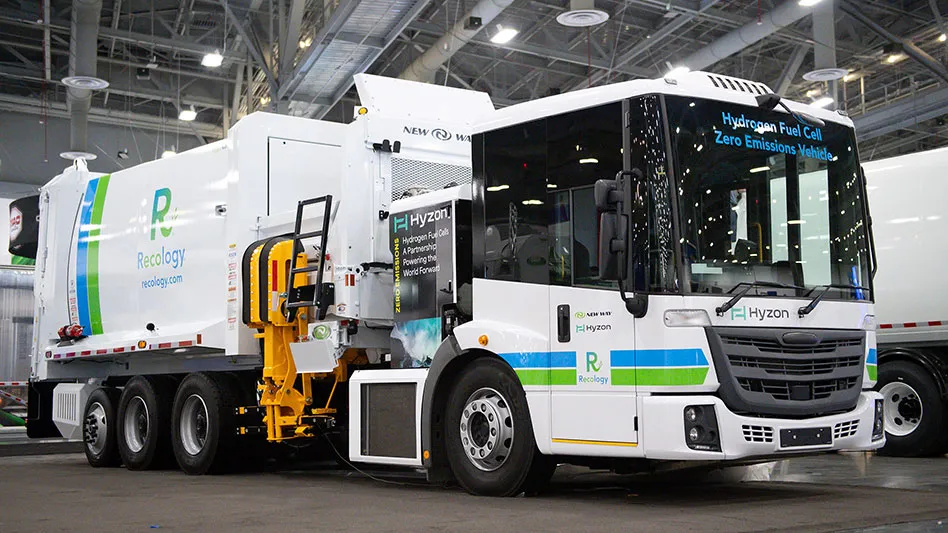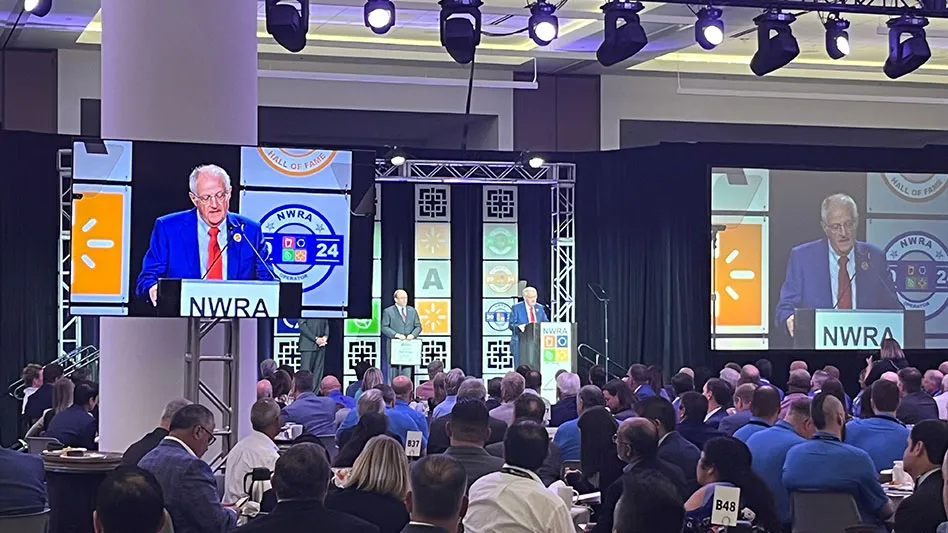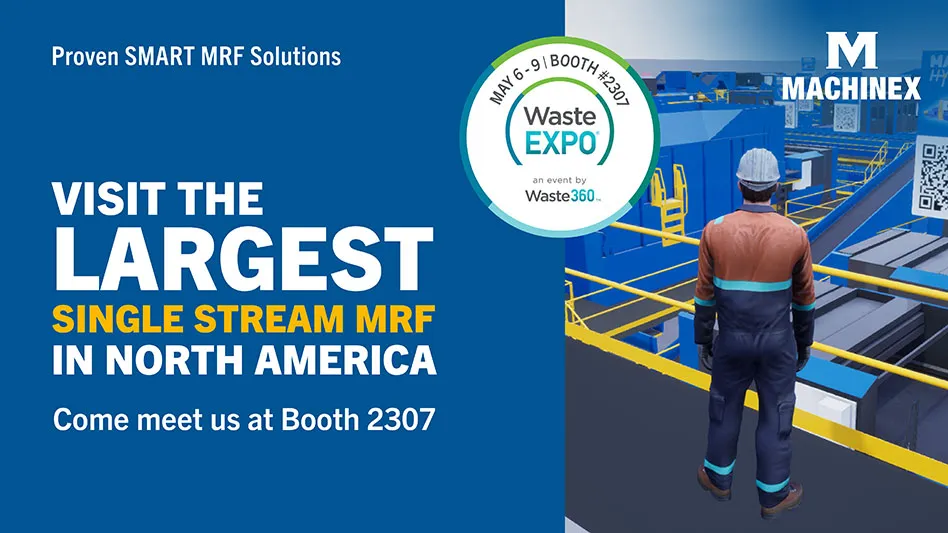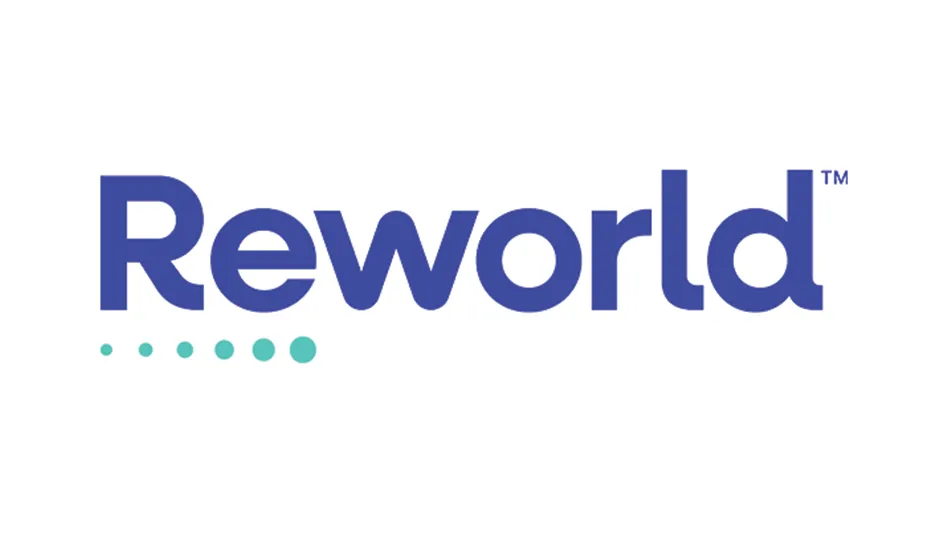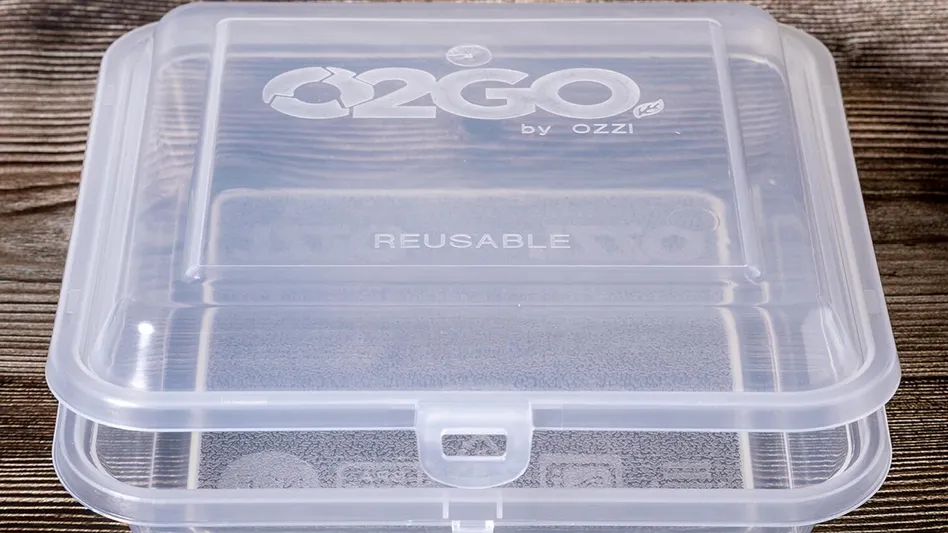

Collecting and disposing of large bulky items have long been complex challenges for many municipalities, waste haulers and homeowners.
The U.S. Environmental Protection Agency (EPA) considers bulky waste any item large enough to warrant special collection services separate from curbside municipal solid waste (MSW) collection. Examples of bulky waste items include major appliances and furniture.
Because they are too large to fit into regular trash or recycling carts and typically heavy, bulky items are difficult to handle and transport. This poses a challenge for haulers that need to ensure the safety of their workers and for residents seeking to bring the item to a disposal facility.
Another challenge is cost. Collecting, transporting and disposing of bulky waste typically are expensive tasks because of the extra labor involved, so municipalities often will charge residents additional fees to dispose of bulky items. This extra fee can be a significant burden for those living in low-income households, which leads to the next challenge associated with bulky waste: illegal dumping. Perhaps because of financial burden, inconvenient disposal options, a lack of knowledge about responsible disposal or other reasons, individuals might choose to dispose of bulky items in unauthorized areas, including vacant lots or on the roadside. Illegal dumping contributes to unsafe and unhealthy conditions, especially in neighborhoods.
While reusable and recyclable components, such as textiles or metal springs, often are within bulky waste items, most bulky waste is landfilled.
Several possible solutions could address these challenges. Public education about how bulky items can be reused should be widely promoted. Bulky items in usable condition can be donated to charitable organizations or resold through neighborhood groups, yard sales and online groups. In Bloomington, Minnesota, for example, the city organizes “material swap” events in which residents bring unwanted but still useful bulky items in exchange for items brought by others.
The EPA also has funding opportunities that prioritize bulky item reuse and improving recycling activities in municipalities. With grant funding in place, a community could host bulky item swap events.
Another solution is to implement programs that provide incentives for responsible disposal. This would entail local authorities offering free or discounted bulky waste disposal services for individuals who properly dispose of items, such as a quarterly free bulk disposal drop-off day at a transfer station or a semiannual municipally organized curbside collection event.
This encourages individuals to follow proper disposal procedures while reducing the burden of illegal dumping on municipalities. In 2021, Gershman, Brickner & Bratton Inc. facilitated a solid waste work group for Baltimore County, Maryland, following which new services for bulky waste were implemented. In 2022, the first full year of the program, about 15 percent of the county’s households participated.
Improving waste-hauling technology is another potential solution. This involves the development of new equipment and collection vehicles designed specifically for handling bulky waste, such as hydraulic lift systems that can lift and transport heavy items safely and efficiently. In addition to new technology, new legislative policies would help improve the complex bulky waste system. Extended producer responsibility (EPR) laws shift responsibility for the items’ disposal (or funding thereof) from the municipalities to the product manufacturers.
Connecticut was the first state in the country to enact an EPR law for mattresses. The Mattress Recycling Council (MRC), funded by a visible recycling fee on each mattress and box spring sold in the state (or online with delivery in-state) that is collected at the time of purchase, offers no-cost opportunities to residents to properly dispose of their mattresses. MRC works with solid waste facilities, local governments and other stakeholders to operate the recycling network. Additionally, MRC provides consumer education, conducts research to optimize efficiency and works to curb illegal mattress dumping. This model could work for other materials, too.
Through creative and collaborative planning, it is possible to successfully dispose of bulky waste to benefit local communities and the environment.
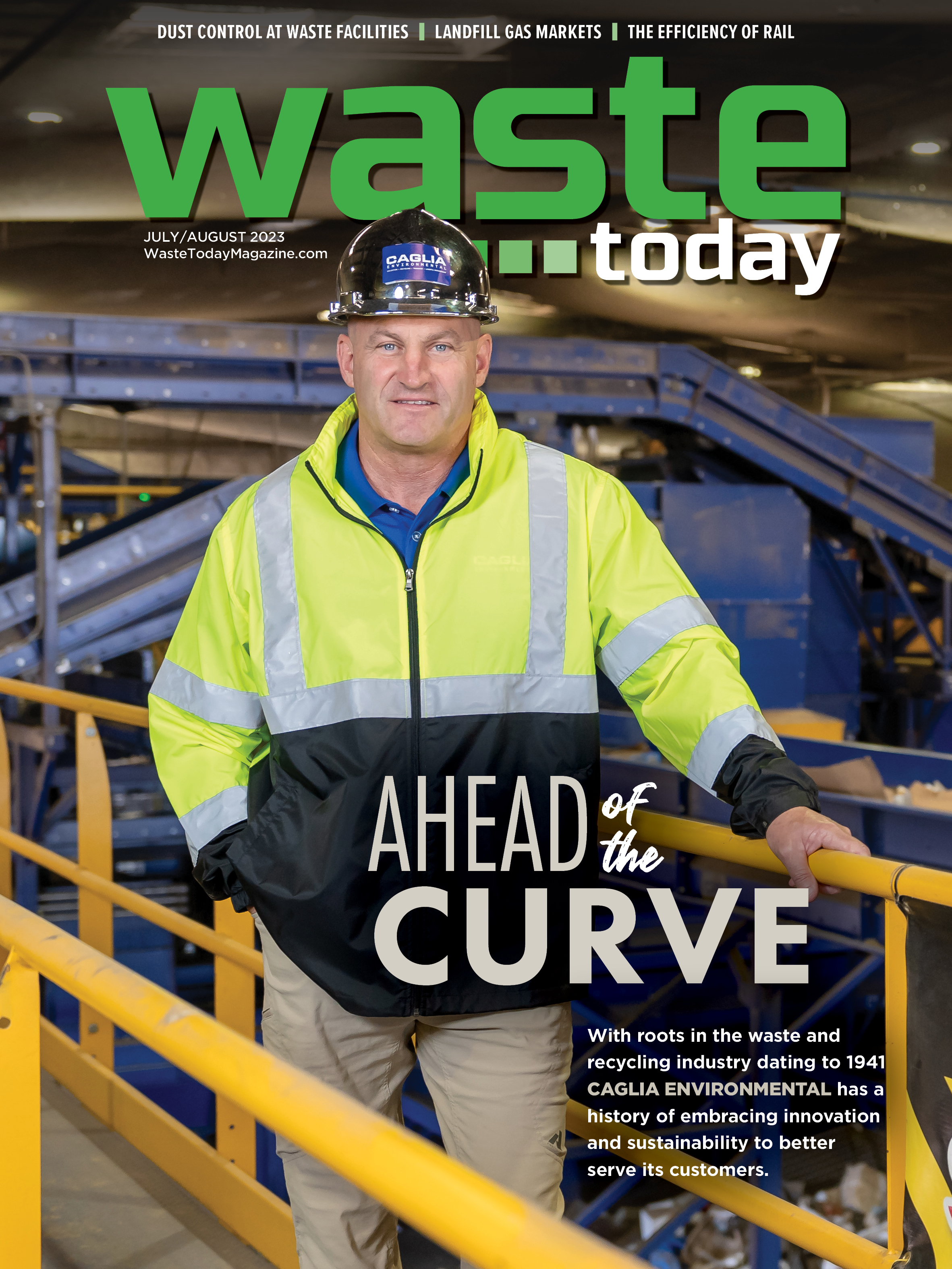
Explore the July August 2023 Issue
Check out more from this issue and find you next story to read.
Latest from Waste Today
- Waste Robotics and Greyparrot form partnership
- Delos and Silverfern Group complete sale of Pioneer Recycling Services
- Simplified Environmental Solutions adds 2 locations
- Glass Recycling Foundation awards $150K in grants
- Kent County, Michigan, opens new transfer station
- GFL reports revenue increase in first quarter
- Bioenergy Devco honored at SEAL Awards
- AMCS showcasing Performance Sustainability Suite at WasteExpo
